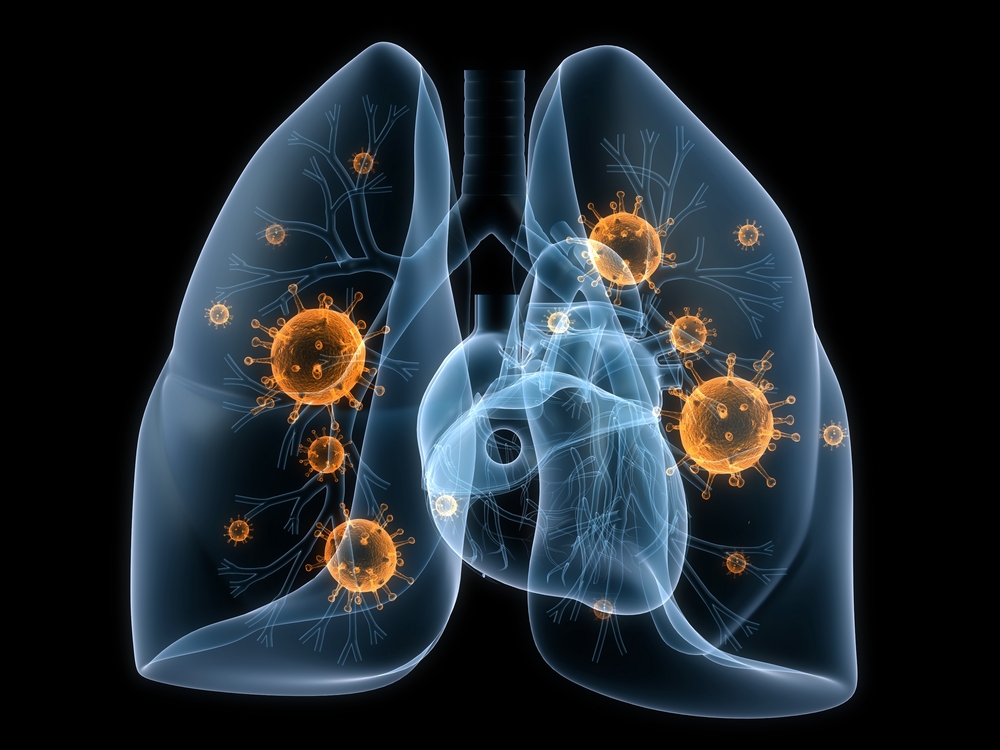Swine Study May Shed Light on Why CF Patients Can’t Ward Off Bacterial Infections
Written by |

Experiments in live pigs show that the genetic mutation that causes cystic fibrosis (CF) prevents secretion of airway surface liquid when bacteria enter the lungs — a mechanism that may, at least in part, explain why CF patients are not able to ward off bacterial infections.
Researchers at the University of Saskatchewan in Canada, who performed the research, say treatments that could improve the amount of liquid secreted when bacteria are not present — such as hypertonic saline inhalation — could protect the airways from bacterial infection, and possibly disease progression.
The study, “Cystic fibrosis swine fail to secrete airway surface liquid in response to inhalation of pathogens,” appeared in the journal Nature Communications.
“For a very long time, there has been discussion about whether cystic fibrosis was a bacteria-infection problem, an inflammation problem, or an immune system problem,” Juan Ianowski, associate professor in the Department of Physiology and senior author of the study, said in a press release.
Much research, however, suggests that bacterial infections may be the starting point, researchers have argued. And scientists have also hypothesized that a lack of airway surface liquid secretion in response to bacterial inhalation may cause or contribute to the defective bacterial clearance in CF.
Until recently, though, scientists were unable to test the hypothesis.
Ianowski and his team spent the past seven years developing a new imaging technique to allow such measurements, and the effort has paid off. The method, which can analyze the 80-micrometer thin mucus layer in live animals — a measure thinner than a strand of hair — allowed them to compare healthy pigs to ones with CF.
They discovered that while healthy pigs responded to inhaled bacteria by secreting airway surface liquid, those with CF did not. They also noted that the secretion was guarded by two different mechanisms.
One was a baseline secretion of liquid, which was significantly reduced in CF pigs. The other was more specific, making use of an immune receptor that recognizes the presence of the microbes that typically infect the CF lung.
While the receptor was activated, the signal did not translate into increased liquid production.
“We discovered and showed for the first time ever that the normal airway response to inhalation of pathogens is producing liquid. This is a process that depends on CFTR (cystic fibrosis transmembrane conductance regulator) expression. So if you don’t have normal CFTR, it doesn’t work. In CF pigs, this response is absent,” Ianowski said .






